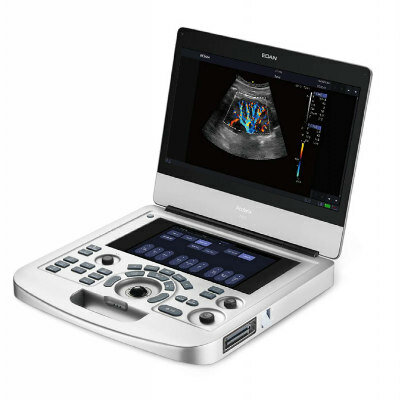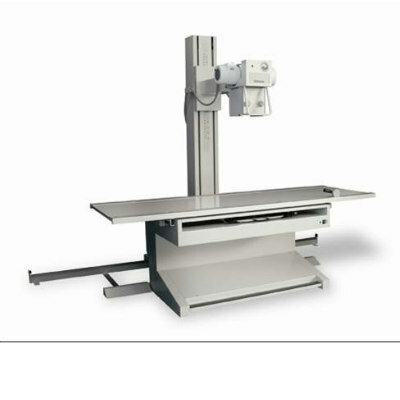Technique Drastically Reduces Patient Radiation Dose During CT Angiography
By MedImaging International staff writers
Posted on 21 Oct 2009
Radiologists have discovered that prospective electrocardiogram (ECG) gating allows them to considerably reduce the patient radiation dose delivered during computed tomography (CT) angiography, a common noninvasive technique used to evaluate vascular disease, according to recent research.Posted on 21 Oct 2009
The study, performed at the Medical College of Wisconsin (Milwaukee, USA), compared the use of retrospective ECG gating (when the radiation beam is on constantly) and prospective ECG gating (when the radiation beam is turned on only intermittently) during CT angiography.
Forty patients were evaluated using retrospective gating and 40 more were evaluated using prospective gating. "In comparison, image quality was equivalent,” said W. Dennis Foley, M.D., lead author of the study. "In regards to radiation dose, the dose was three times higher with retrospective gating,” he said. The radiation dose using prospective gating was approximately 14 mSv compared to 43.3 mSv using retrospective gating. Radiation exposure continues to be a concern during CT procedures. However our study is significant because it shows radiologists are able to significantly decrease the radiation dose delivered to the patient during CT angiography.”
The study was published in the October 2009 issue of the American Journal of Roentgenology (AJR).
"Prospective ECG-gated CT angiography is a technically robust, noninvasive imaging technique for the evaluation of vascular disease. It is safer than conventional angiography and the patient benefits from having it done intravenously rather than through the arteries,” Dr. Foley concluded.
Related Links:
Medical College of Wisconsin














